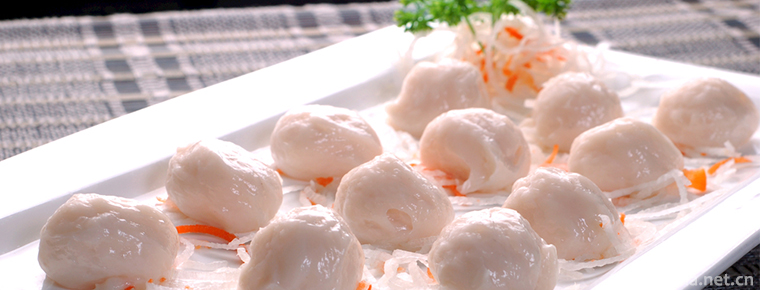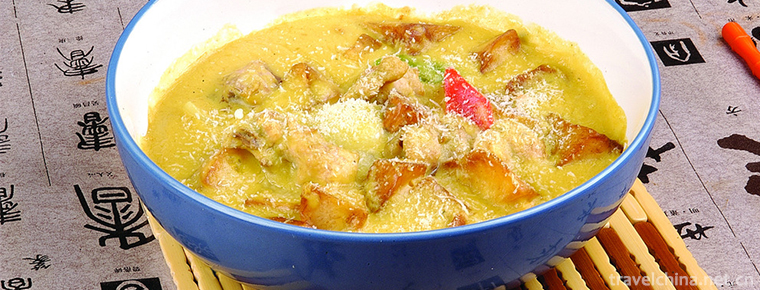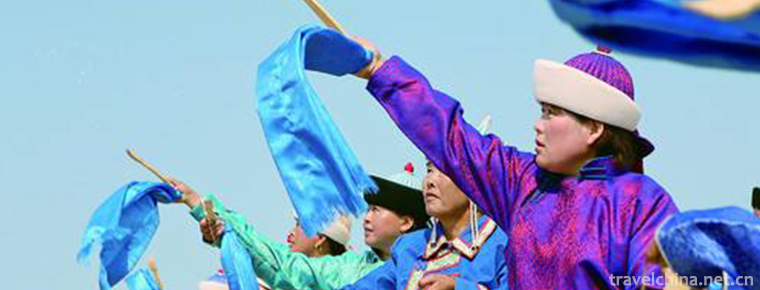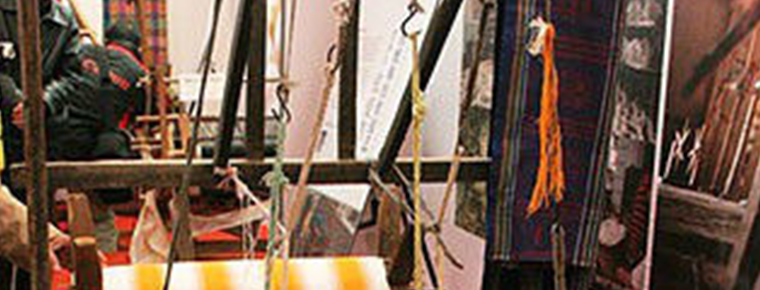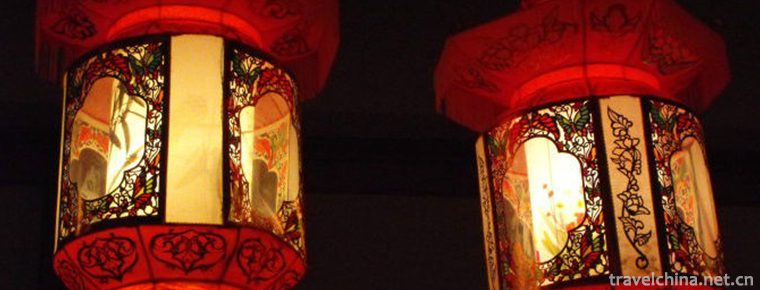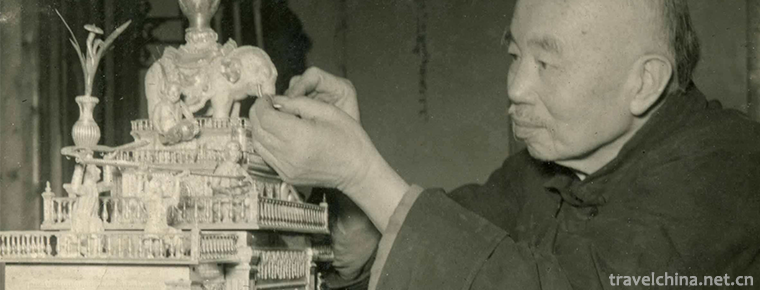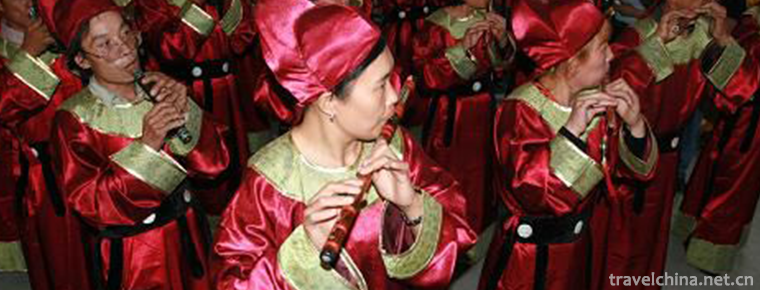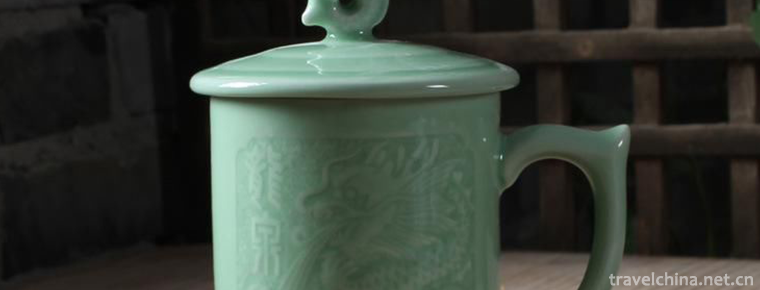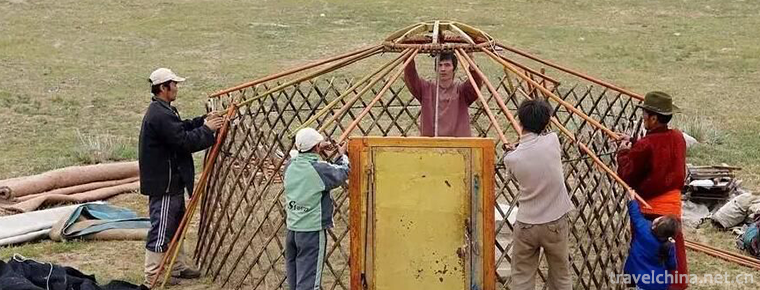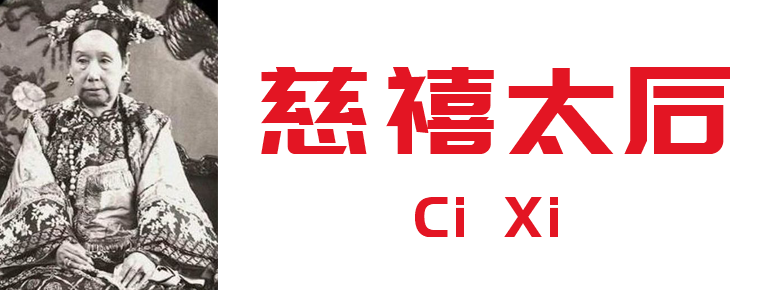Wuhou Temple in Chengdu
Wuhou Temple (Han Zhaolie Temple), the national key cultural relics protection unit, the national AAAA-level tourist attraction, the national first-level museum.

Wuhou Temple is located in Wuhou District of Chengdu City, Sichuan Province. It started in 223 AD when the building of Liu Bei-hui's Mausoleum. It is the only temple for worshiping monarchs and ministers and the most famous memorial place for Zhuge Liang, Liu Bei and Shu Han heroes in China. It is also the most influential Museum of the Three Kingdoms. In 1961, the State Council announced that it was the first batch of national key cultural relics protection units, and in 2008 it was the first batch of national first-class museums.

The Wuhou Temple in Chengdu covers an area of 150,000 square meters. It is composed of three parts: the historical relics area of the Three Kingdoms (cultural relics area), the western region (cultural experience area) and the Jinli folk custom area (Jinli area). It enjoys the reputation of "Holy Land of the Three Kingdoms".

Chengdu Wuhou Temple is located in the south of Chengdu, Sichuan Province, Wuhou Temple Street, is the only monarch and Minister worship temple in China, composed of Liu Bei, Zhuge Liang Shuhan monarch and Minister worship temple and Huiling. Chengdu Wuhou Temple is the first batch of national key cultural relics protection units (1961) announced by the State Council, is also the first batch of state-level museums, attracting millions of visitors to visit each year, enjoy the reputation of the Three Kingdoms Holy Land.

Wuhou Temple is the memorial hall for Zhu Geliang, the Prime Minister of Shu Han, in the Three Kingdoms period of China.

Zhu Geliang was named as Wuxiang Hou when he was born.

In August 234, Zhuge Liang died in Wuzhangyuan, about 20 kilometers south of Qishan County, Baoji City, Shaanxi Province, at the age of 54. Zhuge Liang was the Prime Minister of Shu Han Dynasty. He was once called "Hou of Wuxiang" in his lifetime, and after his death, he was called "Hou of Zhongwu" by Liu Chan, the late master of Shu Han Dynasty. The earliest Wuhou Temple in China was in Mian County (Wuxian County) in Hanzhong, Shaanxi Province, but at present the most influential one is the Wuhou Temple in Chengdu.

According to the Records of the Three Kingdoms, Liu Bei's coffin was transported back to Chengdu and buried here after his death in 223 AD in the city of Baidi. According to the Han system, there must be a temple, so in the same period, there was the birth of Han Zhao Li temple. Around the northern and Southern Dynasties, the Wuhou Temple of Chengdu merged with the Hui Ling and Han Zhao Li temple.

More pic






Address: No. 231 Wuhou Temple street, Chengdu, ,Sichuan,China.
E-mail: cdwuhouci#163.com(@replace#)
Telephone: +86-028-85552397 (business), +86-028-85535951 (ticketing)
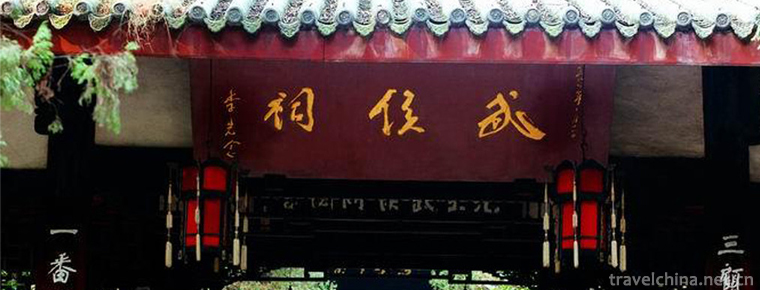
-
Fish Ball
Fish balls, also known as "fish wrapped meat", are mixed up with eel, shark or freshwater fish, mixed with sweet potato starch (* starch), and then wrapped.
Views: 236 Time 2018-11-02 -
Portuguese chicken
The Portuguese chicken is one of the representative dishes in Macao. It's a Portuguese food from Africa and India. It's made of whole chicken.
Views: 237 Time 2018-11-14 -
Narati Scenic Spot
Narati Tourist Scenic Area, located in Xinyuan County, Xinjiang, is located in the hinterland of Tianshan Mountains, the eastern end of the Ili Valley, with a total planning area of 960 square kilomet.
Views: 48 Time 2019-02-07 -
Bogda Ula Festival
The sacrifice of Bogdahura (Shenshan) is one of the earliest forms of Mongolian creative culture in China. It is the product of national culture, which is formed by historical accumulation and plurali.
Views: 90 Time 2019-04-04 -
Traditional Cotton Textile Techniques
Chinese traditional textile technology has a long history. Since cotton was introduced from India in the 7th century, Chinese textile industry has changed from linen to cotton. .
Views: 219 Time 2019-04-19 -
Lantern Festival
It is closely related to the folk custom of Lantern appreciation in China. According to textual research, lantern appreciation began in the Western Han Dynasty and flourished in the Sui and Tang Dynas.
Views: 115 Time 2019-04-26 -
Ancient Clock Repair Skills
Behind the Cining Palace in the Palace Museum of Beijing, there is a row of red pillars and grey tiles. A group of "craftsmen" have been dealing with the treasures of the deep palace.
Views: 128 Time 2019-05-01 -
Music of Lantian Puhua Water Club
Lantian Puhua Water Concert Music is a kind of folk blowing music which has been circulated in Puhua Town of Lantian County, Shaanxi Province for more than 1000 years.
Views: 428 Time 2019-05-11 -
Firing Techniques of Longquan Celadon
Longquan celadon firing technology, the traditional ceramic technology of Longquan City, Lishui, Zhejiang Province, is one of the national intangible cultural heritage..
Views: 117 Time 2019-05-14 -
Mongolian yurt building skills
Mongolian yurt building skills, the traditional local skills of Xiwuzhumqin Banner and Chenbalhu Banner in Inner Mongolia Autonomous Region, one of the national intangible cultural heritage..
Views: 111 Time 2019-06-03 -
Empress Dowager Ci Xi
Ci Xi (November 29, 1835 - November 15, 1908) is the queen of Xiao Qin chin. Yehiel Bernard La Shi, Xianfeng Emperor Concubines, Tongzhi Emperor The birth mother. Important in late Qing Dynasty Politi.
Views: 251 Time 2019-09-07 -
Dispute on the meaning of Cheongsam
Under the influence of the Qing Dynasty's Qiren's robes, women's gowns have been referred to as cheongsam since the Republic of China. Due to the influence of the environment at that time, most people know that the women of the Manchu and Qing Dynasty had their own cheongsam,.
Views: 120 Time 2020-12-11
